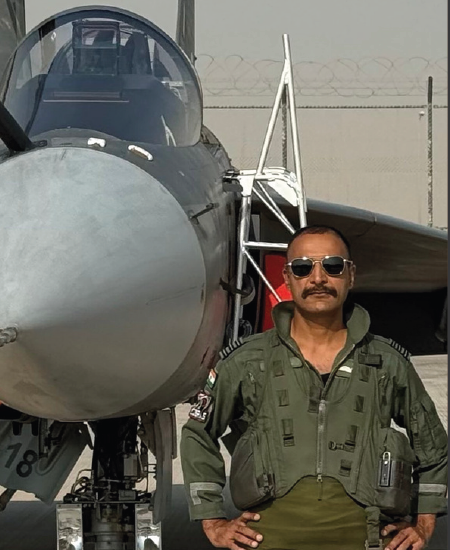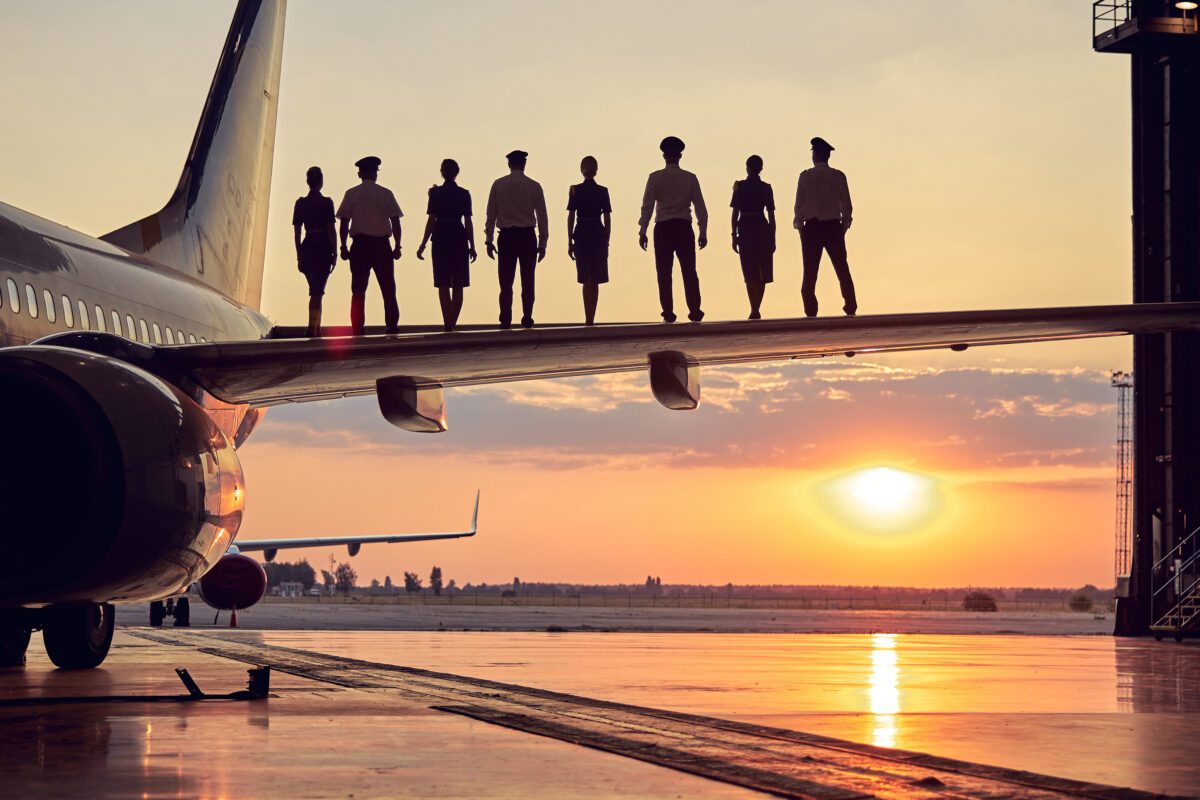Introduction:
Embarking on the journey to become a pilot is an exciting and challenging endeavor. Flight training is a rigorous process that demands dedication, focus, and resilience. Aspiring pilots often encounter various obstacles along the way, from mastering complex maneuvers to dealing with the pressure of exams. In this comprehensive guide, we will explore the common challenges faced during flight training and provide valuable tips to ensure a successful and fulfilling experience.
1. Setting Realistic Expectations: The Foundation for Success
The first step in overcoming challenges in flight training is setting realistic expectations. Aspiring pilots should understand that the process is demanding, both mentally and physically. It’s crucial to acknowledge that setbacks may occur, and progress might not always be linear. This section will delve into the importance of maintaining a positive mindset and understanding that challenges are a natural part of the learning curve.
2. Mastering the Basics: A Solid Ground fordvanced Learning
Flight training begins with mastering the basics. This section will discuss the fundamental skills every pilot needs to develop, such as understanding aircraft controls, navigation, and communication protocols. Emphasizing the importance of building a strong foundation will help aspiring pilots overcome more complex challenges later in heir training.
3. Facing the Fear of Heights: Conquering Airsickness and Anxiety
For many individuals, the fear of heights or airsickness can pose a significant challenge during flight training. This part of the guide will explore strategies to overcome these fears, including desensitization techniques, mindfulness practices, and advice on maintaining a healthy lifestyle to reduce anxiety.
4. Navigating the Weather: Adapting to Unpredictable Conditions
Weather conditions can present formidable challenges for aspiring pilots. From gusty winds to low visibility, this section will provide insights into how to navigate and adapt to various weather challenges. Tips on reading weather forecasts, understanding turbulence, and making safe decisions based on current conditions will be discussed.
5. Managing Time and Finances: Practical Tips for Success
Flight training demands a significant investment of both time and money. This part of the guide will offer practical tips on managing these resources effectively. Topics covered include creating a realistic study schedule, budgeting for training expenses, and finding ways to optimize learning during training sessions.
6. Overcoming Exam Anxiety: Strategies for Success
Exams are an inevitable part of flight training, and anxiety can be a formidable opponent. This section will explore techniques to manage exam stress, including
effective study habits, mental preparation, and strategies for tackling different types of assessments. Emphasizing the importance of continuous learning and seeking support when needed will be highlighted.
7. Building Effective Communication Skills: A Key to Success in Aviation
Communication is paramount in aviation, and developing effective communication skills is crucial for successful flight training. This section will discuss the importance of clear and concise communication, both in the cockpit and with air traffic control. Tips on enhancing verbal and non-verbal communication will be provided.
8. Embracing Simulators: Enhancing Training Through Technology
Simulators play a vital role in flight training, providing a safe environment for pilots to practice and hone their skills. This part of the guide will explore the benefits of simulator training, tips for making the most out of simulator sessions, and how virtual environments can help aspiring pilots overcome specific challenges.
9. Building Resilience: Bouncing Back from Setbacks
Flight training is not without its setbacks, and resilience is a key trait for success. This section will provide insights into developing resilience, learning from failures, and maintaining motivation in the face of challenges. Real-life stories of successful pilots who overcame adversity during their training will be shared to inspire and motivate.
10. Seeking Mentorship and Support: The Power of Community
Having a support system is invaluable during flight training. This section will explore the benefits of seeking mentorship from experienced pilots, connecting with fellow trainees, and tapping into the wealth of knowledge within the aviation community. Tips on networking and building a support network will be provided.
Conclusion: Soaring to Success
In conclusion, flight training is a challenging yet rewarding journey that requires determination, perseverance, and a strategic approach to overcome obstacles. By
setting realistic expectations, mastering the basics, facing fears, adapting to unpredictable conditions, managing resources effectively, developing strong communication skills, embracing technology, building resilience, and seeking support, aspiring pilots can navigate the challenges of flight training and soar to success in the world of aviation


















